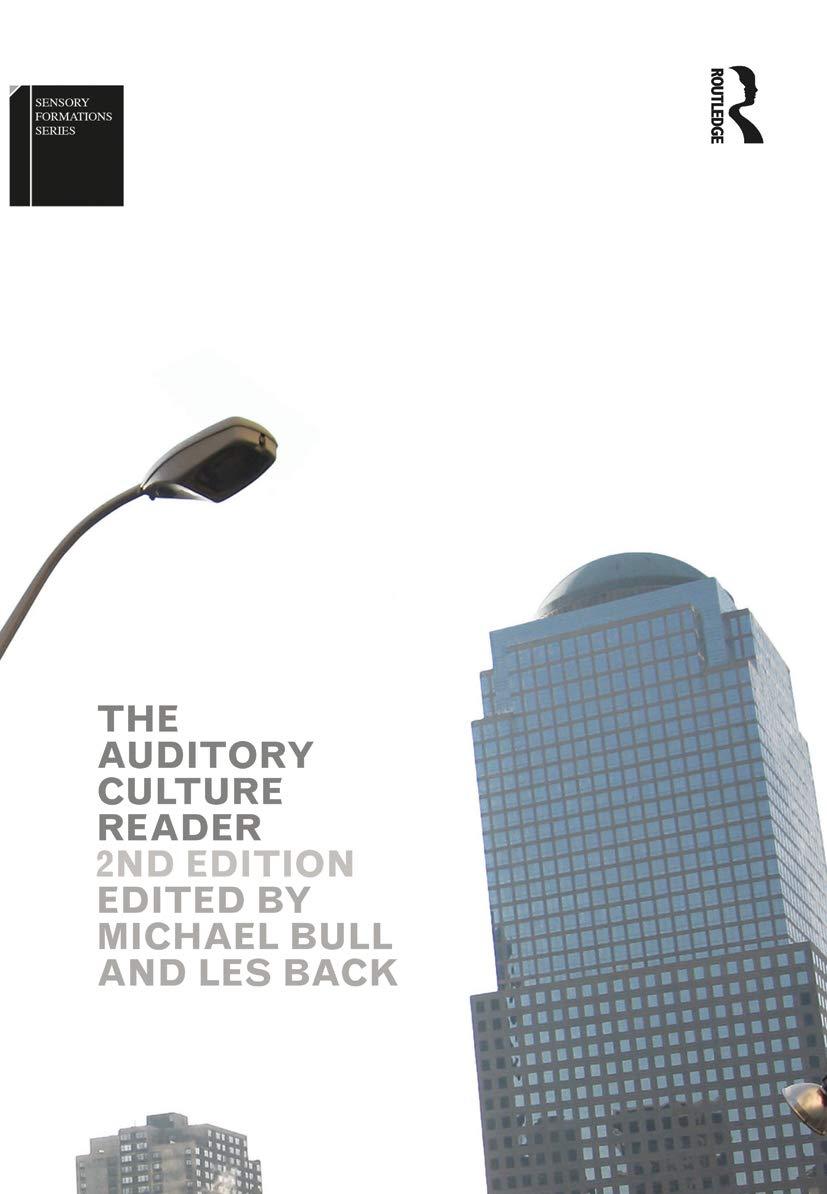Question
Entries Related to Uncollectible Accounts The following transactions were completed by The Wild Trout Gallery during the current fiscal year ended December 31: Jan. 19
Entries Related to Uncollectible Accounts
The following transactions were completed by The Wild Trout Gallery during the current fiscal year ended December 31:
| Jan. 19 | Reinstated the account of Arlene Gurley, which had been written off in the preceding year as uncollectible. Journalized the receipt of $2,690 cash in full payment of Arlenes account. |
| Apr. 3 | Wrote off the $15,410 balance owed by Premier GS Co., which is bankrupt. |
| July 16 | Received 45% of the $27,700 balance owed by Hayden Co., a bankrupt business, and wrote off the remainder as uncollectible. |
| Nov. 23 | Reinstated the account of Harry Carr, which had been written off two years earlier as uncollectible. Recorded the receipt of $4,385 cash in full payment. |
| Dec. 31 | Wrote off the following accounts as uncollectible (one entry): Cavey Co.,$11,595; Fogle Co., $3,445; Lake Furniture, $8,850; Melinda Shryer, $2,500. |
| Dec. 31 | Based on an analysis of the $1,363,900 of accounts receivable, it was estimated that $59,300 will be uncollectible. Journalized the adjusting entry. |
Required:
1. Record the January 1 credit balance of $56,500 in a T account presented below in requirement 2b for Allowance for Doubtful Accounts.
2. a. Journalize the transactions. For a compound transaction, if an amount box does not require an entry, leave it blank. Note: For the December 31 adjusting entry, assume the $1,363,900 balance in accounts receivable reflects the adjustments made during the year.
2. b. Post each entry that affects the following T accounts and determine the new balances:
3. Determine the expected net realizable value of the accounts receivable as of December 31 (after all of the adjustments and the adjusting entry). $
4. Assuming that instead of basing the provision for uncollectible accounts on an analysis of receivables, the adjusting entry on December 31 had been based on an estimated expense of of 1% of the sales of $8,420,000 for the year, determine the following:
a. Bad debt expense for the year. $
b. Balance in the allowance account after the adjustment of December 31. $
c. Expected net realizable value of the accounts receivable as of December 31 (after all of the adjustments and the adjusting entry). $
Step by Step Solution
There are 3 Steps involved in it
Step: 1

Get Instant Access to Expert-Tailored Solutions
See step-by-step solutions with expert insights and AI powered tools for academic success
Step: 2

Step: 3

Ace Your Homework with AI
Get the answers you need in no time with our AI-driven, step-by-step assistance
Get Started


